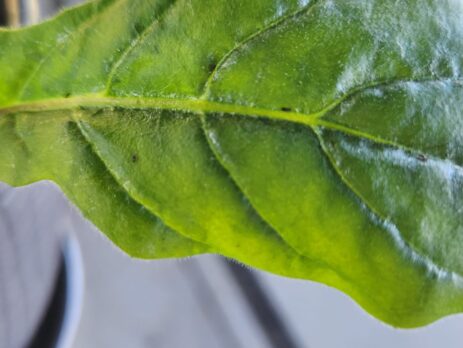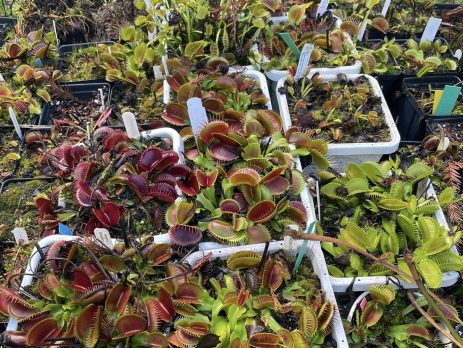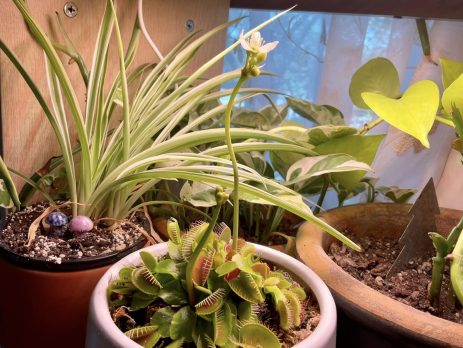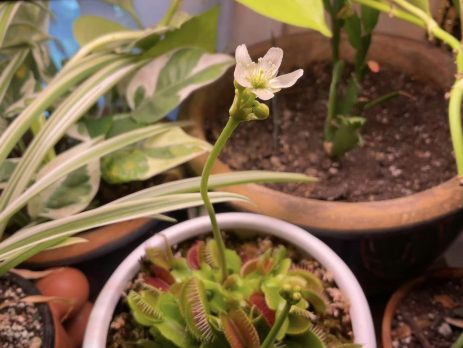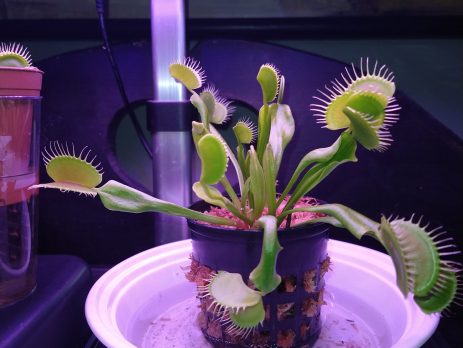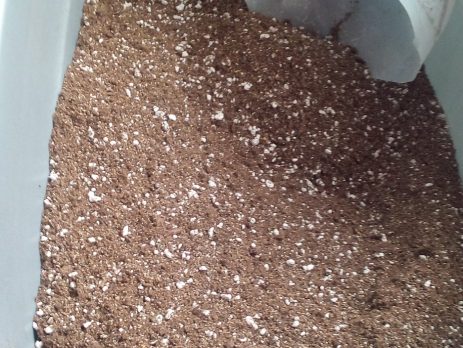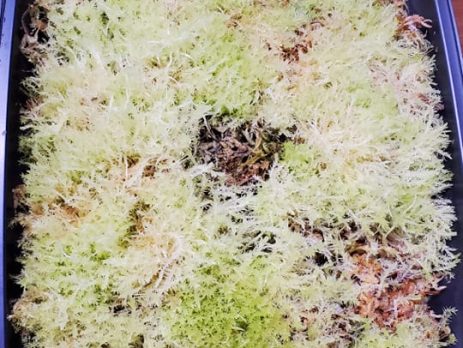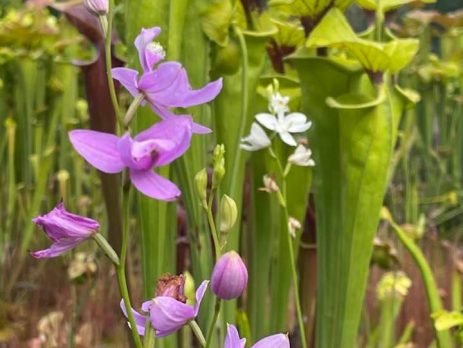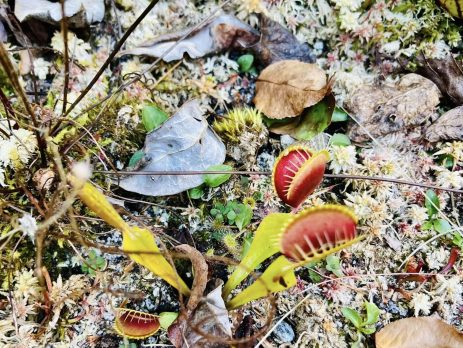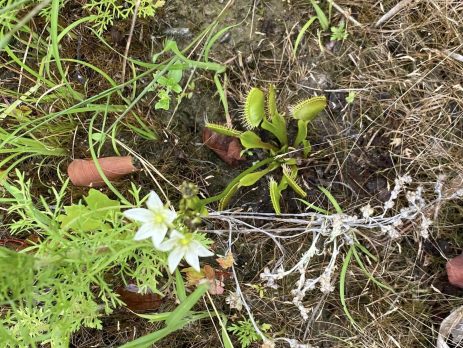How do I get rid of thrips from my Venus flytrap?
Getting rid of thrips from Venus flytraps requires careful treatment, as the plants are sensitive to many chemicals. Here’s a step-by-step approach to help you manage a thrip infestation: 1. Manual Removal Inspect the plant thoroughly and remove visible thrips by gently wiping the leaves with a damp cloth or soft brush. You can also use a gentle stream of water to wash them off, being careful not to damage the traps. 2. Insecticidal Soap or Neem Oil Use a diluted insecticidal...

